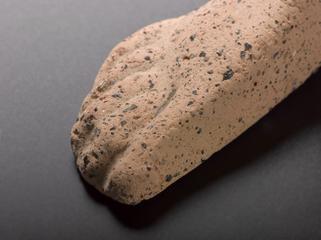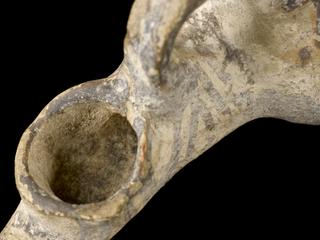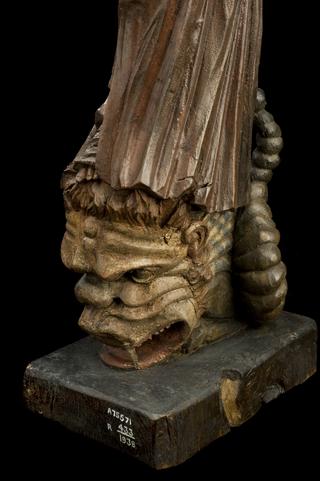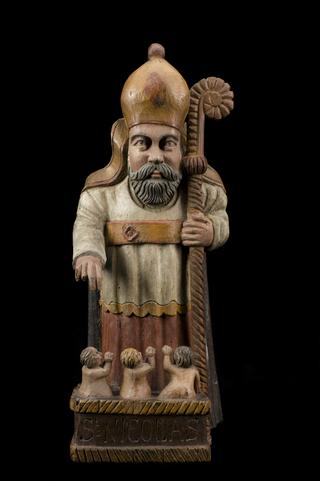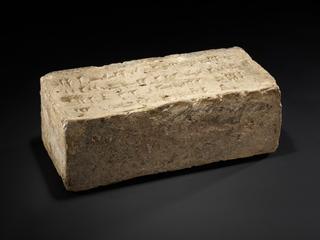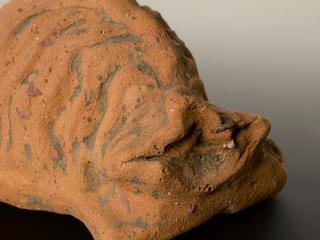
Terracotta votive offering in the shape of placenta, Roman, 200 BCE-200 CE
- Made:
- 200 BCE-200 CE in Roman Empire
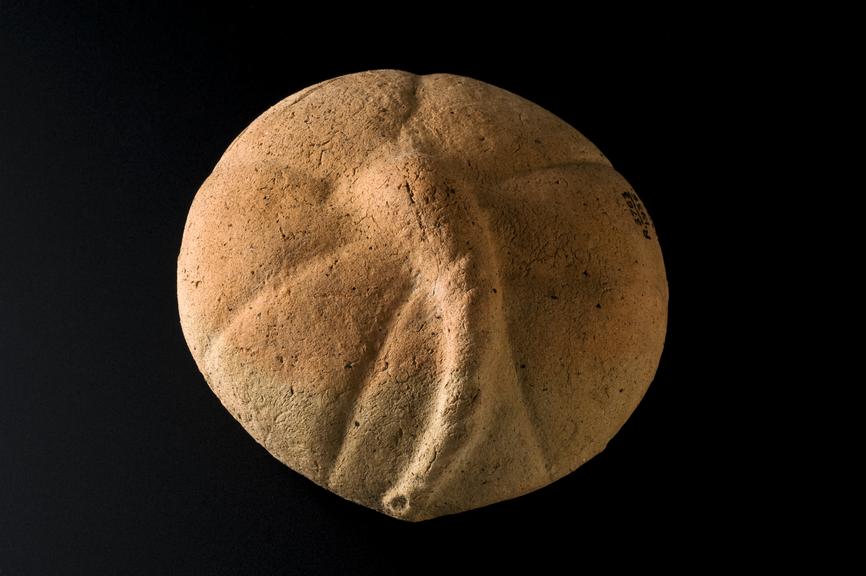
Votive placenta, terracotta, probably Roman, 200BC-200AD
Objects like this were left at healing sanctuaries and other religious sites as offerings to gods such as Asklepios, the Greco-Roman god of medicine. They were intended either to represent the part of the body that needed help, or offered as thanks for a cure. A large number of the votive offerings in the Wellcome collections are in the shape of reproductive organs, reflecting a society that placed great emphasis on fertility, but which also ran great risks in pregnancy and childbirth. This votive is in the shape of a placenta, perhaps requesting a pregnancy or a safe childbirth.
Details
- Category:
- Classical & Medieval Medicine
- Collection:
- Sir Henry Wellcome's Museum Collection
- Object Number:
- A635557
- Materials:
- terracotta
- type:
- votive offering
